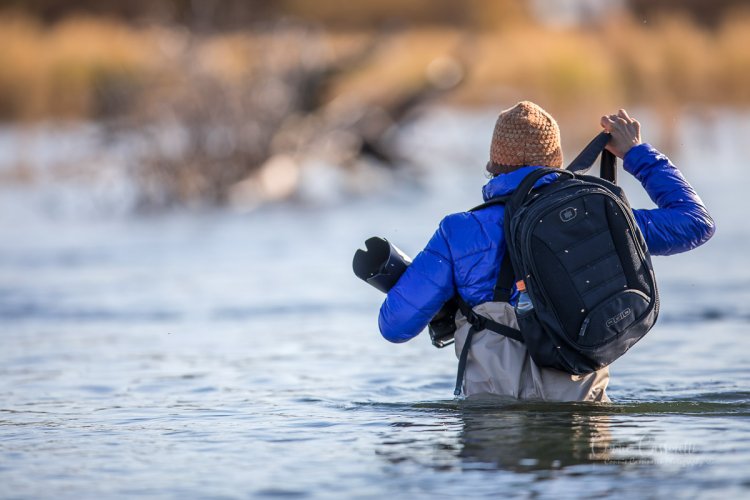Greetings,
I'm seriously considering a brown bear photo tour to the western coast of Cook Inlet, in Alaska, this September, and I'm wondering if anyone has personal experience or knowledge about what the weather is like this time of year. I've read that the rainiest months are in the early fall (Sept & Oct) but I don't know if this is true for all of Alaska, or just certain areas (it's a HUGE state!) . I don't mind a little inclement weather but don't want to spend a solid week in the rain! Ironically, the outfit offering the tour is named Backcountry Journeys. Would I be better off scheduling the trip for another time? Any advice you might have would be much appreciated.
Thx,
Abinoone
I'm seriously considering a brown bear photo tour to the western coast of Cook Inlet, in Alaska, this September, and I'm wondering if anyone has personal experience or knowledge about what the weather is like this time of year. I've read that the rainiest months are in the early fall (Sept & Oct) but I don't know if this is true for all of Alaska, or just certain areas (it's a HUGE state!) . I don't mind a little inclement weather but don't want to spend a solid week in the rain! Ironically, the outfit offering the tour is named Backcountry Journeys. Would I be better off scheduling the trip for another time? Any advice you might have would be much appreciated.
Thx,
Abinoone


